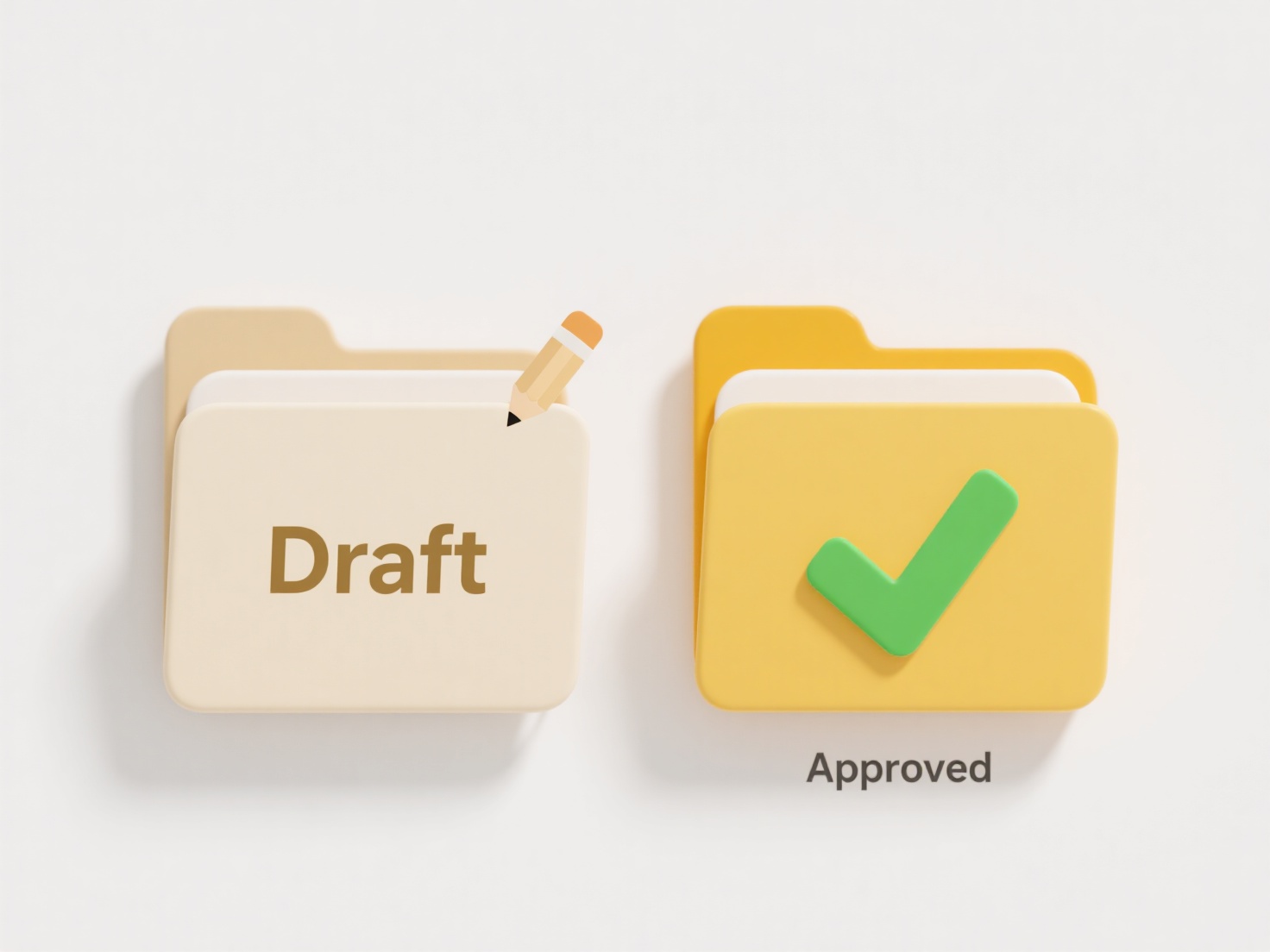
Printing a list of search results involves saving a physical or digital copy of the items returned by a search query, typically performed on a website, database, or within a software application. It differs from simply viewing results on screen by providing a static, offline reference. You usually interact with your browser's or application's print function after viewing the results list.

Common examples include printing a page of product listings from an online store to compare prices offline or printing the list of research articles found in an academic database library portal for later review. Most web browsers (like Chrome, Firefox, Edge) offer a "Print" option directly or via keyboard shortcuts (Ctrl+P or Cmd+P), while specialized software platforms often have dedicated print icons within their search results interface.
The primary advantage is having a persistent, accessible reference without needing the original device or internet connection. However, printed results become outdated quickly as online content changes; they lack the interactivity and live updates of the original digital list. Care should be taken to only print necessary results to conserve paper. While useful for short-term reference, static printouts limit the dynamic nature of most online search systems.
How do I print a list of search results?
Printing a list of search results involves saving a physical or digital copy of the items returned by a search query, typically performed on a website, database, or within a software application. It differs from simply viewing results on screen by providing a static, offline reference. You usually interact with your browser's or application's print function after viewing the results list.

Common examples include printing a page of product listings from an online store to compare prices offline or printing the list of research articles found in an academic database library portal for later review. Most web browsers (like Chrome, Firefox, Edge) offer a "Print" option directly or via keyboard shortcuts (Ctrl+P or Cmd+P), while specialized software platforms often have dedicated print icons within their search results interface.
The primary advantage is having a persistent, accessible reference without needing the original device or internet connection. However, printed results become outdated quickly as online content changes; they lack the interactivity and live updates of the original digital list. Care should be taken to only print necessary results to conserve paper. While useful for short-term reference, static printouts limit the dynamic nature of most online search systems.
Quick Article Links
Can I rename files to match folder names?
File renaming to match folder names is an organizational method where you change the name of a file within a folder to m...
How do I maintain folder consistency across platforms?
Folder consistency refers to maintaining the same naming conventions, directory structures, and file organization across...
How do I search for shared links or files in Teams or Zoom?
Searching for shared links or files within Microsoft Teams or Zoom allows you to quickly locate content exchanged in con...